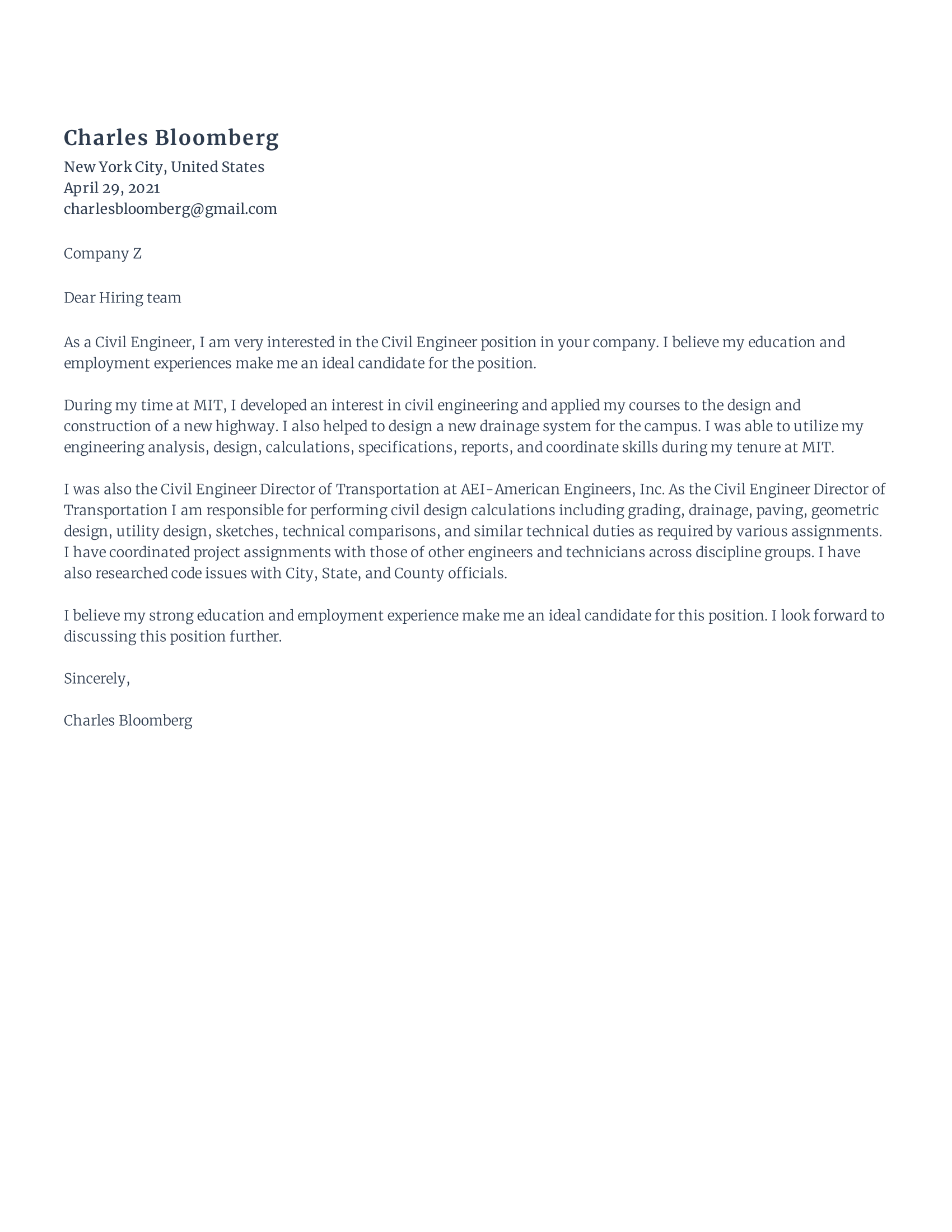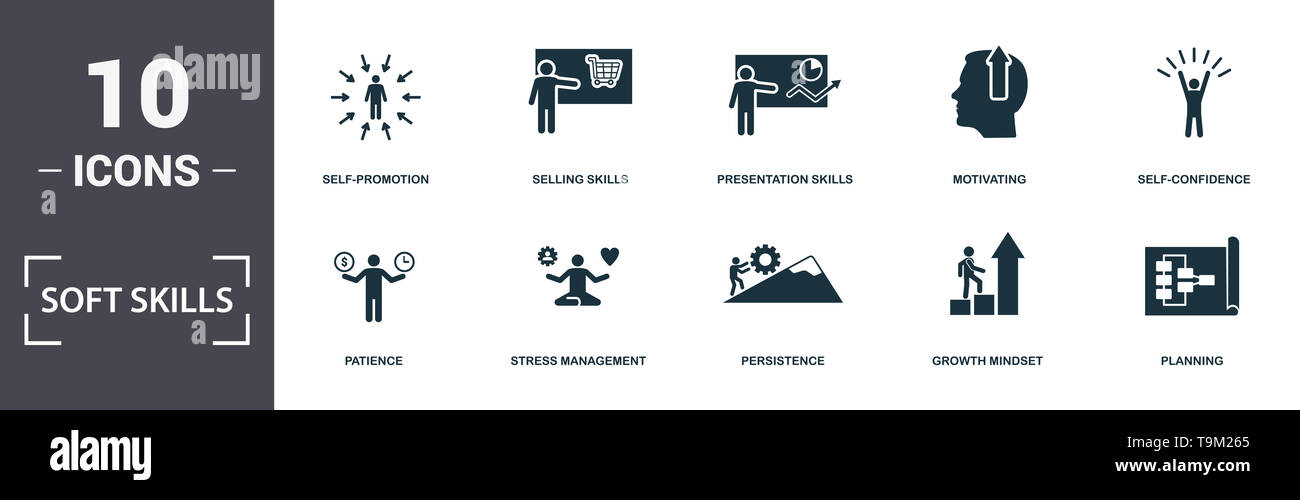
The world is facing numerous challenges. Low pay is one example of this problem. Whether it is delivery drivers, warehouse staff, or office workers, these individuals are often not rewarded for their work, and often don't receive enough money. Another issue is the environment's decline, which leads to more severe weather conditions and loss biodiversity that can threaten human health as well as food supplies.
Impact of key disruptions in employment levels, skill set and recruitment patterns
The Future of Jobs is a World Economic Forum report that outlines key disruptions that could impact employment patterns, skill sets, and employment levels. The report predicts that disruptions will lead to more than five million job losses in 2025. The majority of these jobs will be lost in routine manufacturing, back office functions, administrative and compute roles. On the other side, new millions of jobs will be created in fields such data analytics and mathematics.
Companies must anticipate potential changes and be ready for them as the job market evolves quickly. This means identifying and preparing for key talent pools and employee groups that will propel the business forward.
Employment impact of low-paying jobs and conditions
Low pay and difficult work conditions impact many occupations. Particularly, low-paid jobs affect women, persons with low education, and those with disabilities. These workers work in part-time and unskilled occupations.

Low wages are often caused by a number factors. Low wages can also be affected by education, marital status, or age. Additionally, low-paid jobs tend not to produce as much and are less productive.
Automation and its impact
While many people are concerned about the impacts of automation on jobs, others are more optimistic. Nearly seventy per cent of workers believe that automation can lead to higher-skilled jobs. Nearly a third worry that their current jobs might be most at-risk from automation. Experts say the future employment is dependent on human workers' skills.
One study suggests that automation will eventually eliminate around 30% of jobs globally by 2030. While some workers might be lost, others will see an increase their wages. In the beginning stages of automation, humans were primarily responsible for assembly-line tasks. However, robots are capable of completing complex procedures and moving heavy objects through factories. Many experts believe that automation will create a greater number of jobs than it takes.
Robotics' impact
Many reports have been published in the media and business press regarding robots and their effect on jobs. These stories tend to focus on automation's impact on middle-skill professions, which are easier than high-skilled occupations. In this article, I will examine how industrial robots have affected occupations in the United States between 2010 and 2015.
Research has shown that robots are having mixed effects on job opportunities. While technology improves productivity and creates new jobs, robots can adversely affect employment and wages. The effects of automation on the employment and wage markets are not yet understood.

Impact of artificial intelligence
Stanford Institute for Human-Centered Artificial Intelligence (STAN) has conducted a study on the effects of AI on employment and welfare. In particular, the institute looked at the relationship between AI-related jobs and economic growth. According to the researchers, AI jobs increased as the economy grew. The demand for AI-related jobs was also very different across cities and industries. The researchers sought to study the effects AI on jobs and cities without any of the usual variables.
It is anticipated that AI will have a profound impact on the world's jobs. Although the impact of AI will be different in each country and occupation, it is expected that AI will be more prevalent in large metropolitan areas than in smaller rural communities. According to World Economic Forum, AI will create 97million new jobs by 2020.